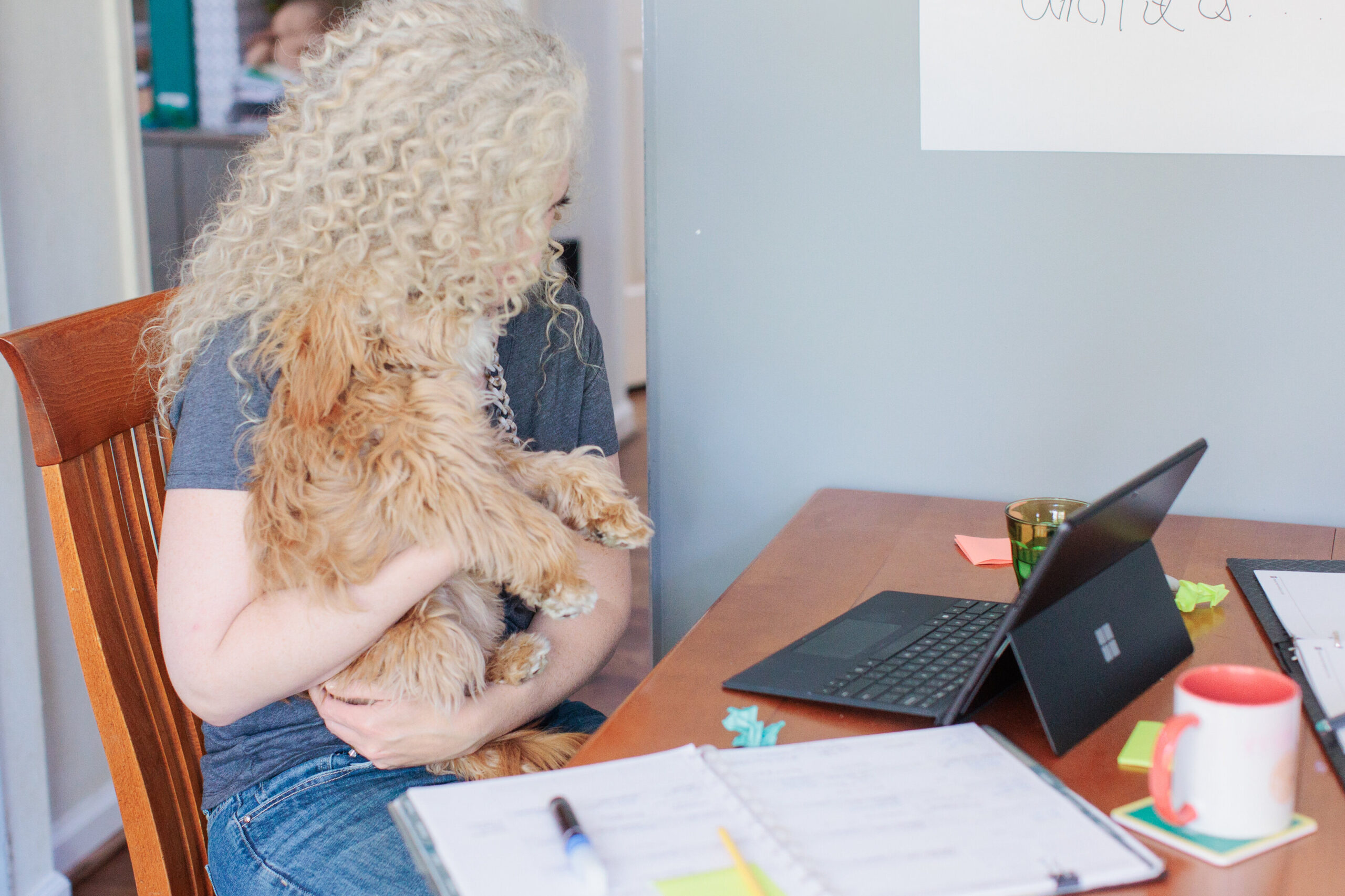Almost 25 years ago I started my training to become a clinical psychologist and chose a program heavily focused on psychoanalytic theory as the foundation. Over the years I transitioned away from psychoanalytic therapy and intervention to a more industrial and organizational focus.
Despite this professional evolution, I continued to be steeped in the belief that individuals were not capable of becoming more resilient or more adaptable. I not only believed it, but I made it part of my elevator speech about how we screen individuals for employment.
“You cannot make some smarter or more adaptable!” (For the record, you definitely can’t make someone smarter; in fact, if you are reading this and over the age of 28 – you’re losing brain cells as you read.)
However, over the last several years, I have born witness to individuals who are open and willing to change who have been able to become more resilient and more adaptable in a variety of environments. For some, it was a life changing event, for others it was as easy as gaining some self-awareness and learning some new skills; for others it was simply a change of environment coupled with some person-centered coaching to gain insight and change behaviors.
The AQai™ A.C.E. Model
Stumbling up to the AQai™ table last summer at a conference I was attending, I sat in curiosity and listened to their pitch about being able not just to measure adaptability, but about hope and the idea that we can make individuals and organizations more adaptable, even more resilient. My mind was blown!
The AQai™ A.C.E. model breaks down what I have seen anecdotally into a data-driven model that presents adaptability as 17 separate scientifically valid measures – sorted into three buckets. Ability describes HOW and to what degree people adapt. Character describes WHO adapts and WHY. Environment describes when someone adapts and to what degree. Together this model helps us to understand: based on our character (WHO we are – this doesn’t change), our abilities and our environment, what process (or behaviors) do we need to change?
The model is steeped in evidence backed science and validated with a population of approximately 2000 assessments (as of August 2021). While there are many interesting take-aways from the model and the data they have collected to date, the highlight for me was understanding the impact of your work environment on adaptability. As work stress increases, emotional health and resilience decrease. While this correlation is not rocket science, having the ability to use this tool in an organization to demonstrate the importance of work stress, emotional health and resilience on an individual and organization’s ability to adapt is priceless.
Many of the wonderful assessments that exist have questionable scientific validity with small and uniform sample sizes; frustratingly, many of them are not re-normed or updated on any sort of regular basis. However, the team behind the AQai™ are constantly working to expand their sample size and demographic and re-norm their data. The team is open to questions about their data and their process and are transparent about it.
The value proposition is clear. It is not just an assessment, but a model of adaptability with the overall message: you can make individuals and teams more adaptable. AND through the AQai™ not only can I clearly demonstrate WHY an individual or organization isn’t adaptable, but I can then provide a SOLUTION.
Your mind should be blown. Mine was. If you are interested in learning more about the AQai™ and how it can be used with your team or organization, please reach out today.

Be the first to comment